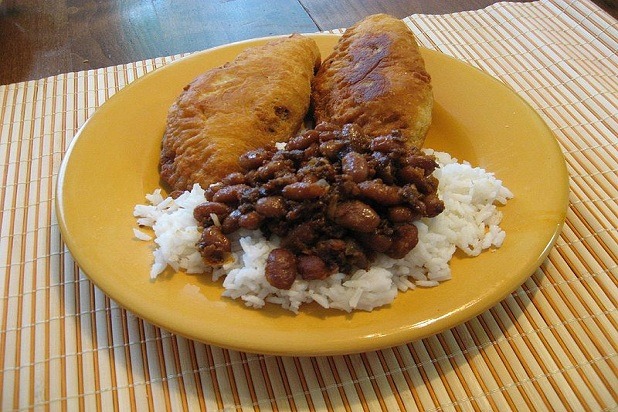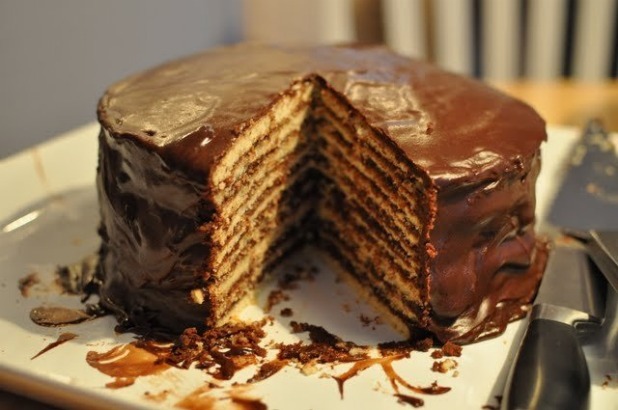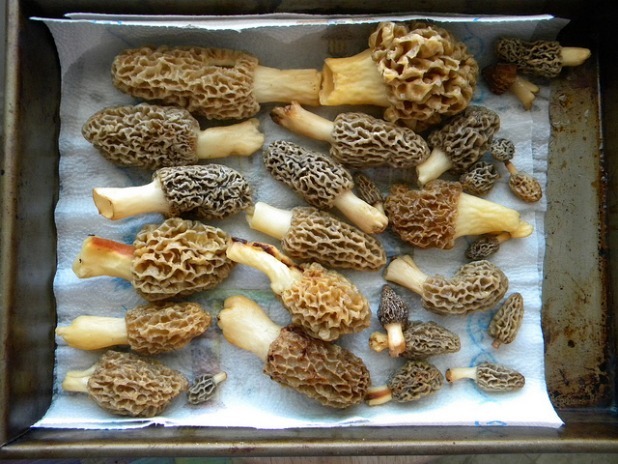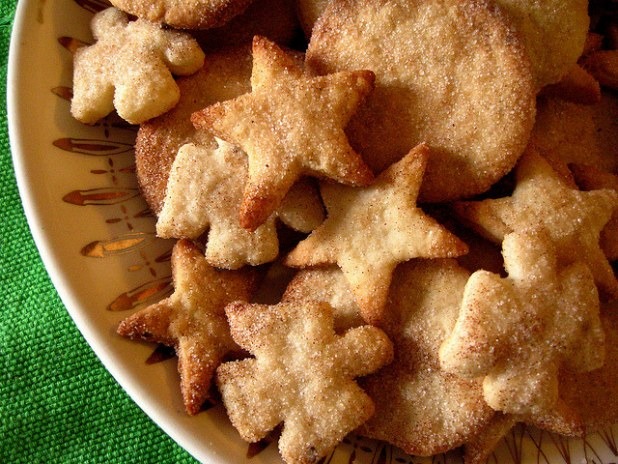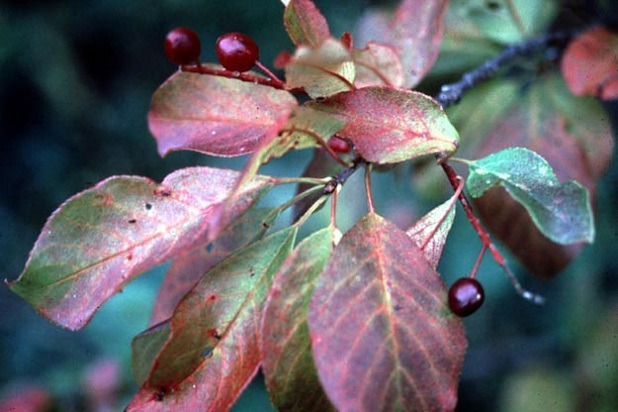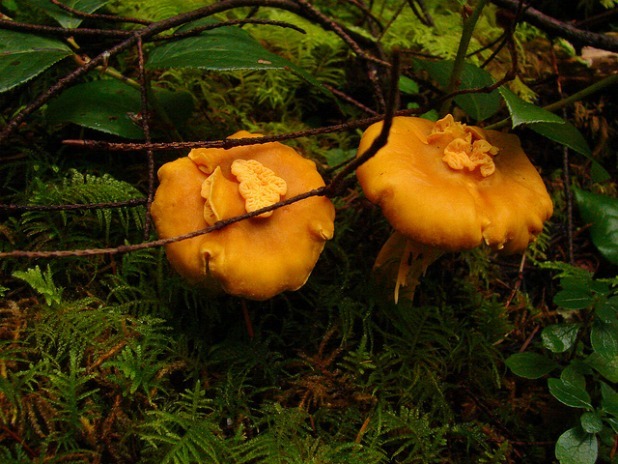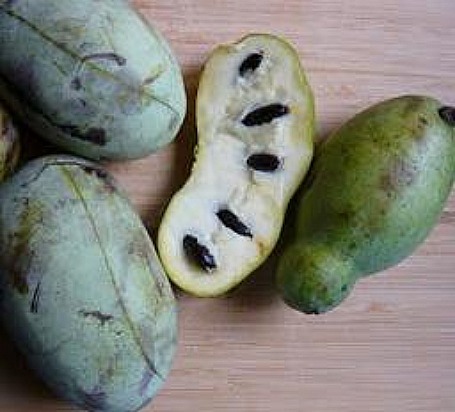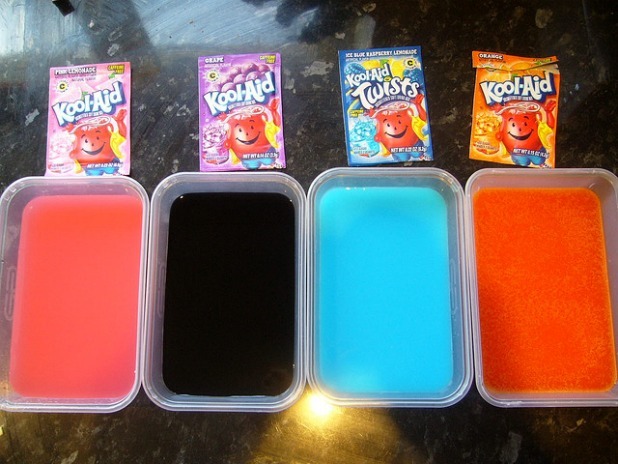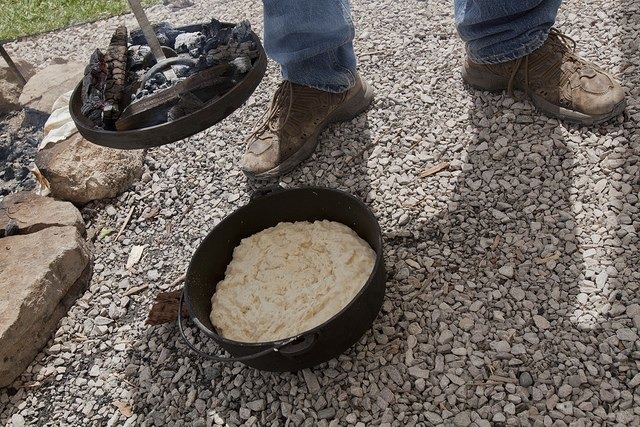Most Bizarre State Foods Slideshow
Which came first, the sugar cream pie or the state of Indiana? According to The Hoosier Cookbook, the recipe first appeared in 1816, the year Indiana was established. The dish is closely tied to Amish and Shaker cooking, and belongs to the category of foods known as desperation pies (along with buttermilk pies, vinegar pies, and mock apple pies.) As if things couldn't get any more rustic, the Hoosier pie is also known as "finger pie," as it's traditionally stirred with nothing fancier than one of your own digits.
Louisiana: Natchitoches Meat Pie
The Natchitoches meat pie, named after an indigenous Native American tribe (pronounced NAK-uh-tush), has been around for 300 years, but only became Louisiana's official state meat pie in 2003. Not every state has an official state meat pie, but the spicy pork and beef-filled Natchitoches pie is worthy enough to have its own festival.
Maryland: Smith Island Cake
If you play the food association game with Maryland, crab cakes are bound to come to mind. But the Chesapeake Bay is home to an even more decadent food: the Smith Island Cake. This yellow sponge and chocolate frosting cake is no ordinary birthday cake with a single line of buttercream running through the center. Nope, the bakers at Smith Island like a challenge — the cakes have anywhere from six to 12 layers, making the cross section a striped beauty of fudge icing and thinly sliced cake.
Minnesota: Morel Mushrooms
In 1984, Minnesota passed a revolutionary statute and became the first state to have an official state mushroom. Minnesotans are crazy for all things shroomy. In fact, the Minnesota Mycological Society takes fungi education (and alliteration) to new levels.
Missouri: Ice Cream Cone
"Meet me in St. Loueee, Loueee, meet me at the fair!" The ice cream cone was born at the 1904 World's Fair, where several vendors apparently had the same idea at once. Legend has it that an ice cream seller was inspired by the waffle guy down the street, although the first waffle cone machine came later, with Lebanese immigrant Abe Doumar's waffle iron and cone oven contraption.
New Mexico: Biscochito
These thin little cookies came to New Mexico by way of Spain, where they were called Mantecosos, which means buttery, or mellow (or fatty, but that doesn't have quite the same ring). There is no official recipe, but most include cinnamon or anise, lard, and a dash of alcohol (traditionally it's wine, bourbon, or rum). Biscochitos are most frequently baked during Christmas or for weddings. (Click here for a biscochito recipe.)
North Dakota: Chokecherry
Despite the fact that its Latin name is Prunus virginiana, the Chokecherry is native to North Dakota, where its hardy, low-lying build allows the plant to weather the harsh winters. Due to its rather unappetizing name, the chokecherry is rarely eaten raw, and is instead more often used for jellies and syrups. Some people, however, prefer its puckery flavor to its sweeter cousin, the black cherry, and pick the fruits at their ripest (when there is no hint of red), at the very end of the summer.
Oregon: Pacific Golden Chanterelle Mushroom
Minnesota isn't the only state with an official mushroom — Oregon got into the act in 1999 declaring theirs to be The Pacific golden. It's an entirely separate species from the golden chanterelle mushroom, although it is sometimes not easy to tell the two apart. Oregon's darling mushroom can be identified by its tiny dark scales on the cap surface and its pinkish orange-yellow cap colors, although often (considering this is Oregon) these differentiating factors are washed away in the rain. The state harvests a whopping 500,000 Pacific goldens per year.
Utah: Jell-O
Utah's choice of Jell-O for its official state snack may seem odd, but the square state deserves it. Salt Lake City has the highest per capita consumption of Jell-O in the entire world. It is also, incidentally, the national leader in marshmallow consumption, which, when considered together, makes one believe that Utah has never left the 1950s.
Ohio: PawPaw
What is a pawpaw? While some may recognize it from a children's song ("Pickin' up pawpaws put em in your pocket"), most people outside of Ohio assume it's one of the many names you could call your grandfather. The pawpaw shares a family with tropical fruit trees, although it's native to much of the eastern United States. The fruit's pulp has a custardy consistency like a ripe banana, and is said to taste remotely like a mango. The Ohio State PawPaw Fest features a cook-off, and this year's winners included pizza with pawpaw marinara sauce, pawpaw cheesecake, and pawpaw chipotle sauce.
Nebraska: Kool-Aid
Kool-Aid was invented in the 1920s in Hastings, Neb., where it began its life known as Fruit Smack. The Hastings Museum holds an extensive Kool-Aid exhibit, which is about as out there as Tom Wolfe's novel The Electric Kool-Aid Acid Test.
Texas: Cowboy Bread
True Cowboy Bread (also called Pan De Campo) is made in a Dutch oven (the Texas state cooking implement) over a mesquite fire. Nearby cattle herd optional. Most recipes include buttermilk, cinnamon, nutmeg, and shortening, giving the fried dough a slight sweet crunch. Cowboy Bread was adopted as the official state bread of Texas in 2005.

